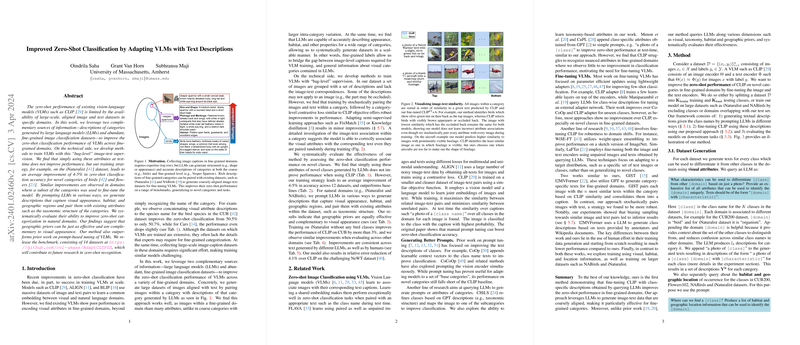Technical Insights into CVPR Author Rebuttal Guidelines
This paper serves as a detailed instructional document for authors preparing a rebuttal to reviews received for their submissions to conferences such as the IEEE Conference on Computer Vision and Pattern Recognition (CVPR). The guidelines are designed to offer a standardized framework that assists authors in effectively addressing reviewer feedback while adhering to the constraints imposed by the conference committee. The paper outlines the structural, content, and formatting specifications necessary for a well-regarded rebuttal.
Key Aspects of the Rebuttal Process
The principal aim of the rebuttal is to provide authors with a capability to address factual inaccuracies or to submit additional data as explicitly requested by reviewers. The rebuttal is not an avenue for introducing new findings or substantially altering the content of the original submission unless specifically solicited by the reviewers. This rule is critical in maintaining the integrity and consistency of the review process.
A noteworthy procedural aspect enforced by the CVPR committee, stemming from a 2018 PAMI-TC motion, is the recommendation that reviewers avoid demanding extensive new experiments during the rebuttal period. Thus, the emphasis remains on clarifying existing points rather than the restructuring or expansion of the research inquiry.
Formatting and Presentation Standards
The document stipulates specific formatting criteria to be followed by authors, ensuring uniformity and readability. The rebuttal must be precisely one page and maintain anonymity by refraining from the inclusion of any kind of author-identifiable information or external links. The standardized two-column layout, alongside defined margin parameters, must be strictly adhered to, ensuring equitable space for responses across submissions.
Graphics and equation placements are also scrutinized for clarity in both digital and printed formats. This is paramount since reviewers may print documents for evaluation, necessitating that all graphical elements be clearly legible without digital magnification.
Implications and Forward-Looking Insights
The enforcement of these rebuttal guidelines underscores the CVPR's commitment to a fair and transparent peer review ecosystem. By setting these structural standards, the conference ensures that authors focus their efforts on the methodological robustness and scientific merit of their rebuttal responses rather than aesthetic embellishments or content alterations.
Looking forward, as the field of AI and computer vision continues to expand, these guidelines may evolve to accommodate new forms of scientific expression, such as interactive or multi-modal submissions. The primary principle of enhancing communication efficacy, however, will likely remain paramount. This paper offers critical insights into maintaining the quality and consistency of scientific discourse within high-stakes academic settings, setting a precedent for future conferences and their review protocols.
